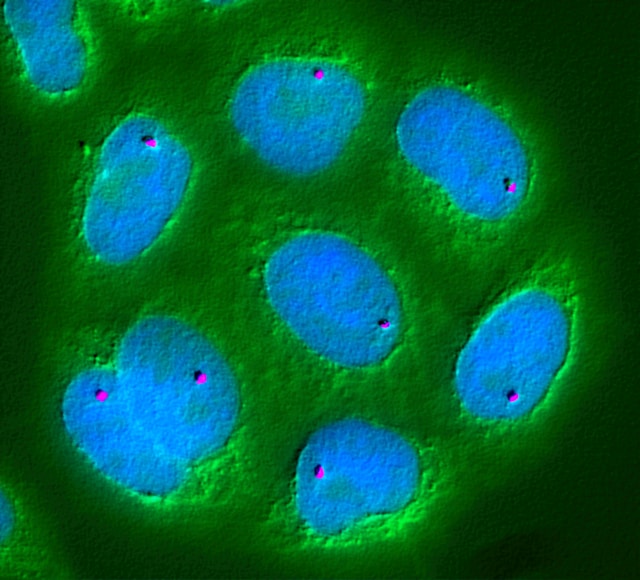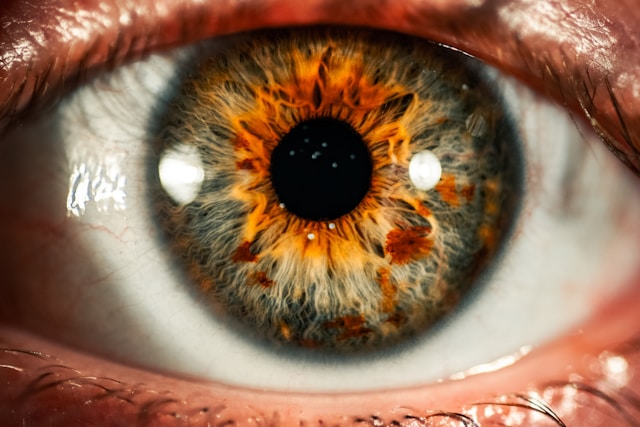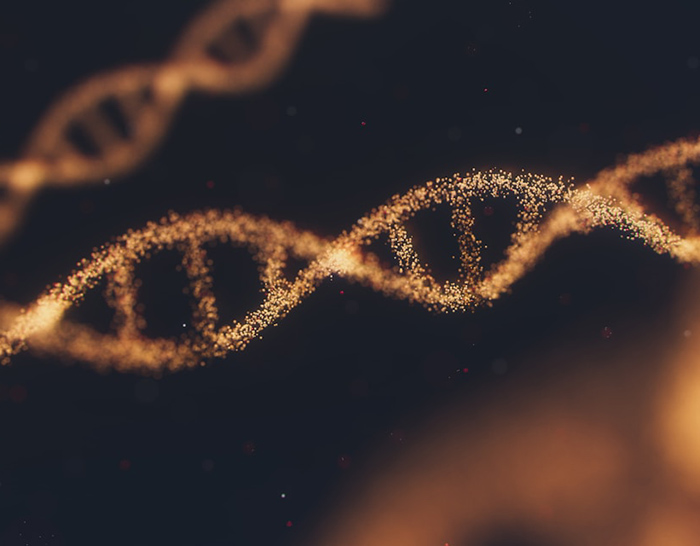A group led by the Biotechnology Innovation Organization (BIO) will recommend new international guidelines for manufacturers of cell and gene therapies (CGT) to support global harmonization of regulatory approvals.
The International Council for Harmonisation of Technical Requirements for Pharmaceuticals for Human Use (ICH) at its May ICH Assembly meeting in Madrid endorsed a proposal submitted by the ICH Cell and Gene Therapy Discussion Group (CGTDG) to develop guidance on manufacturing changes for CGTs, which are also known as Advanced Therapy Medicinal Products (ATMPs). The ICH CGTDG was proposed and is led by BIO.
ICH is a global organization bringing together industry and regulators to work on unifying global drug regulation, so approval for a drug or process in one country can quickly lead to approval in others.
“ICH is generally looking to create internationally harmonized regulations that put everyone on the same page,” said Kathleen Francissen, Ph.D., Head of ATMP Policy at Genentech. Francissen is part of the BIO team at the ICH and a leader in the Cell and Gene Therapy Discussion Group.
“If you’re taking the same product and the same data to, say, 100 different countries, and each of those countries has somewhat different regulatory expectations, this can create a lot of redundant effort, frustration, and long delays,” she explained.
The specific proposal by the CGT group led by BIO is to develop global standards on “Comparability of Advanced Therapy Medicinal Products (ATMPs) Subject to Changes in Their Manufacturing Process.” The issue of CGT manufacturing is important to BIO, as the association’s membership includes many cutting-edge biotech innovators.
“For several years, BIO has been taking a leadership role in the area of cell and gene therapy at ICH,” according to Derek Scholes BIO VP, Science & Regulatory Affairs. BIO proposed the Cell and Gene Therapy Discussion Group at ICH, and in 2023 BIO published an award-winning paper on the subject. Last year, BIO’s group proposed the creation of the new CGT comparability guidelines and worked with ICH leadership to develop the proposal.
“The ICH Assembly approved our proposed topic on our first request, which is quite unusual,” Scholes said. “The ICH only approves a few proposed topics, and most are not accepted on the first try.”
Recommending topics for new guidelines was the goal when BIO began work on creating the CGT Discussion Group more than five years ago, according to Neil Ichiro Laruan, BIO Manager, Science & Regulatory Affairs. The team looked at a range of potential topics for guidelines but chose to address comparability first.
“The issue of comparability was low-hanging fruit, as it is most feasible to achieve at this time and a widely recognized issue among the regulators and industry globally,” Laruan said. “The topic proposal seeks to serve as an annex, an extension of a current ICH guideline, Q5E.”
The challenge of comparing CGT production methods
“I love the subject of comparability,” Francissen said. “And it’s so important. Being able to demonstrate comparability when manufacturing changes are made is an essential part of biologics life cycle management. I’ve done work in this for a couple of decades, including on monoclonal antibody products.”
As Francissen noted, monoclonal antibody products have inherent heterogeneity because they are biologics produced from living organisms. But the complexity of CGTs is even greater and there are patient-specific CGT products, which is why the Q5E guideline needs an annex.
“Q5E is an excellent guideline. It was actually written with recombinant proteins in mind—monoclonal antibody products and similar types of products,” she said. “Then we come to this new class of products where the same approaches just don’t work in some cases. For example, some CGT products are completely custom-made for each patient, and obviously have differences from patient to patient. That sets a new kind of baseline for the normal variability.”
Along with varying from patient to patient, ATMPs also vary widely by product type.
“ATMPs include anything from an mRNA-based product, which is rather simple, just a couple thousand ribonucleotides, to plasmid DNA—these are nucleic-acid-based gene therapies. It can also be viral-vector based gene therapies, or a cell-based gene therapy like a CAR-T, where the cells are carrying the therapeutic gene. It can also be a stem-cell derived product. It can be a tissue-based product, perhaps from thymus tissue or cartilage tissue—this is a very very wide range of product types,” said Francissen.
For ATMPs, there are differences between countries on the regulatory requirements pertaining to comparability, Scholes said. “Perhaps they have to make a change to the manufacturing process. Comparability asks: How significant is that change? Does the manufacturing change affect the product? What do you need to share with the regulatory agency?” he explained. “Our goal is to help drug sponsors navigate the regulatory oversight of making changes to the manufacture of cell and gene therapies.”
According to Francissen, the CGT team is in new territory.
“You have to think about comparability assessments differently for ATMPs, and look at things more holistically. For instance, you might begin from a starting material and you split that starting material between your new and your old manufacturing process, and you do head-to-head comparisons,” she said. “There are many possible approaches. It’s been really fascinating for me to work on this.”




